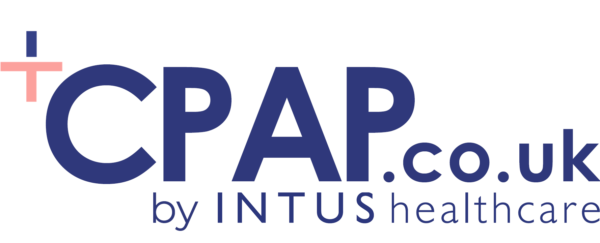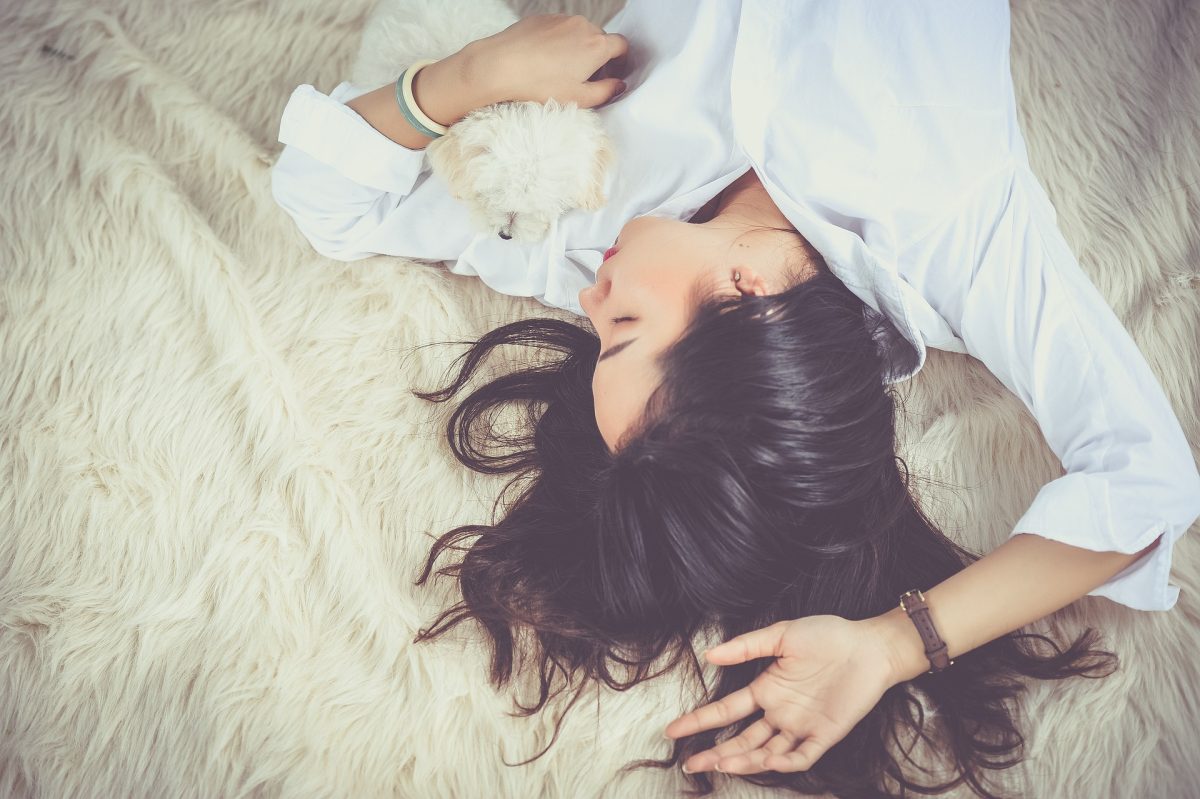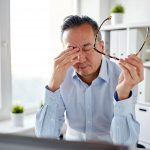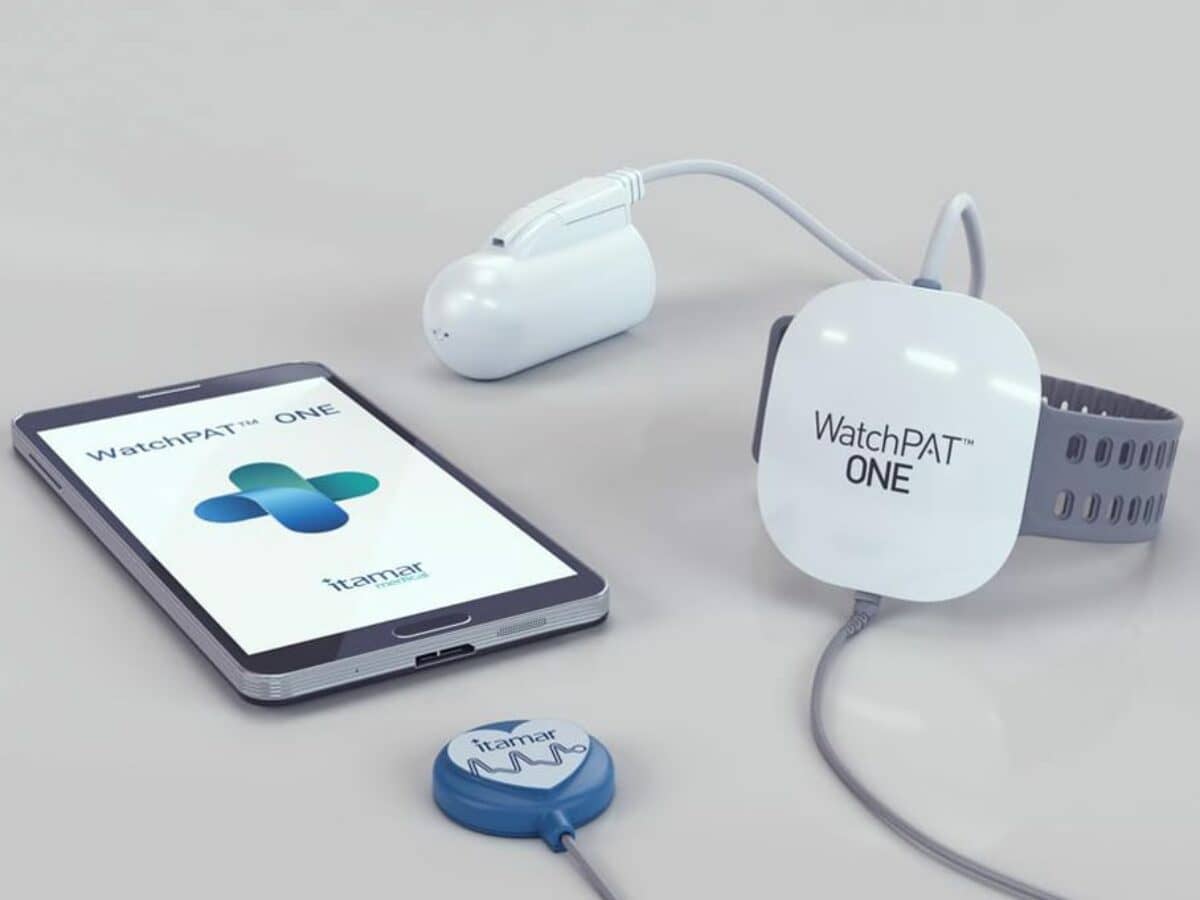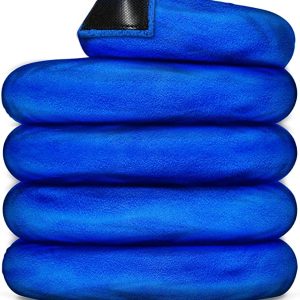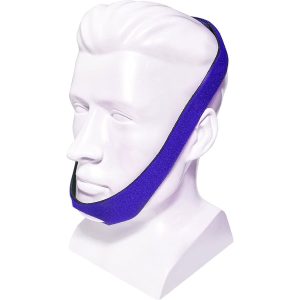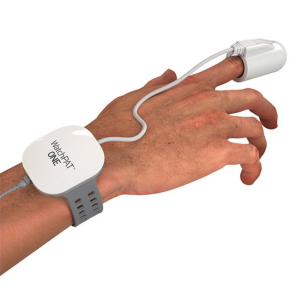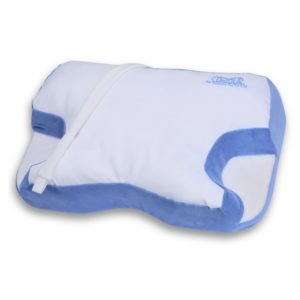Last updated on October 25th, 2023 at 11:23 am
Your sleeping position can affect your sleep quality and reduce the amount you sleep.
The average adult needs 8 hours of sleep every night, and your sleeping position could prevent this. Different sleeping positions have different benefits; gradually training your body to change sleeping positions can benefit your day-to-day life. Research shows that reduced sleep can increase the risk of diabetes, heart disease and depression.
For those with the sleep disorder Obstructive Sleep Apnoea, sleeping position plays a huge role in the intensity and frequency of breathing pauses throughout the night. Let’s discuss how your sleeping position affects your Sleep Apnoea.
Sleeping Positions and Sleep Apnoea
The foods we eat, what we drink and how we sleep all play a part in the quality of our sleep.
Most people have a favourite or usual sleeping position, and you may not realise how you sleep can affect your breathing.
Sleeping in certain positions can improve and reduce your apnoea (breathing pauses) events if you have Obstructive Sleep Apnoea (OSA).
Whether you sleep on your stomach, back or side, you could exasperate your Sleep Apnoea symptoms without knowing it.
Different body parts regulate your breathing at night and help your brain remove toxins. It is much easier to control your breathing when you breathe whilst sitting or standing. Whereas, when you lay down to sleep, your body is forced to breathe horizontally, where gravity pushes against your airways.
Obstructive Sleep Apnoea is when the muscle tissue in your airway becomes blocked or restricted during sleep—inducing symptoms, such as snoring, choking during sleep and gasping for air.
To get the most from your OSA treatment, it is important to understand which sleeping position is suitable for your Sleep Apnoea.
Different sleeping positions for Sleep Apnoea
So, what sleeping position is best for Sleep Apnoea? The position you sleep in and how it affects your OSA depends on your body.
Here are some tips on different sleeping positions for Sleep Apnoea:

Sleeping on your back
Sleeping on your back, also known as the supine sleeping position, has negatives and positives.
If you suffer from neck or back pain, sleeping on your back helps to relieve pain. Also, helping to align and protect your spine.
However, if you have Sleep Apnea, studies have found that sleeping on your back increases the frequency of breathing pauses and breathing restrictions (apnoeas and hypopnoeas). Your tongue and soft tissue are easily relaxed when sleeping on your back, making airway obstructions periodic.
Tip – Placing a pillow under your knees can help to alleviate breathing pauses and support your spine when sleeping on your back. Alternatively, you can elevate your head to reduce sinus congestion and Sleep Apnoea discomfort.
For those who have OSA and do not know, sleeping on your back can increase snoring and other symptoms. If you do not suffer from Sleep Apnoea and regularly snore, sleeping on your back will increase your snoring.
Sleeping on your stomach
Sleeping on your stomach allows gravity to pull down your tongue and soft tissues, opening your airway.
However, sleeping with a pillow or blanket covering your face can make breathing harder. This position can increase discomfort if you suffer from neck or shoulder pain.
Tip – To make it more comfortable to sleep on your stomach, consider a soft pillow to prevent your shoulders and neck from aching.
The fetal position
The fetal position is a common sleeping position, mimicking a fetus in the womb. It’s similar to sleeping on your side; however, your legs are curled towards your chest.
Benefits of sleeping in the fetal position:
- Reduces heartburn and acid reflux
- Reduces back pain
- Reduces OSA airway blockages
- Reduces snoring
The fetal position holds many benefits but is not recommended for those with shoulder pain as it puts pressure on the shoulder. A study found that 67% of people with shoulder pain slept on their side.
Tip – Place a pillow behind your back to prevent you from rolling onto your back.

Sleeping on your side
Many people sleep on their side, but which side is best?
Sleeping on your left side helps to control OSA symptoms, encouraging blood flow and helping to open the airways.
Sleeping on your left side can help encourage bowel movements, as it allows gravity to help with the process of moving waste through your ileocecal valve.
It is recommended to only sleep on your right side if you can not sleep on the left. Sleeping on your right side improves blood flow and helps keep your airway open.
For those who suffer from gastroesophageal reflux diseases (GERD), heartburn and snoring, sleeping on your right or left side can reduce these.
A study on OSA and left-side sleeping found that sleeping on the left side reduced patients’ AHI (Apnoea Hypopnoea Index). It also found that left-side sleepers experienced less severe Sleep Apnoea occurrences.
However, like every sleeping position, there is a downside, including:
- Shoulder stiffness
- Jaw tightness
- Lower back pain
Tip – Place a pillow between your legs to help align your hips, reducing back pain.
Another option is a CPAP pillow; these pillows are designed with cut-outs for your CPAP mask to fall in when sleeping on your side.
Related page: Is side sleeping with CPAP possible?

Sleep Apnoea products to help your sleeping position
CPAP therapy is the most common and effective treatment, providing continuous pressurised air to keep the airway open. According to the Sleep Apnoea Trust, around 700,000 people in the UK use a CPAP machine.
Related page: What is a CPAP machine, and how does it work?
Your CPAP mask can make sleeping in your desired position difficult, but there are solutions.
Here are some tips:
Nasal masks – Switching to a nasal mask (nasal pillows or nasal cushions) makes sleeping on your side or stomach easier. CPAP equipment has grown over the years, and many masks allow freedom of movement when sleeping.
Read more here: CPAP masks for side sleepers.
CPAP pillow – Using a full-face CPAP mask narrows your sleeping position options. When you try to sleep on your stomach or side, you may find that your mask digs into your face, causing pressure marks.
However, using a CPAP pillow gives you the option to sleep on your side; the cut-outs create a place for your mask to fall comfortably.
Chin strap – For those who breathe through their mouth at night, using a smaller nasal mask can seem unachievable.
However, you can now use a chin strap to hold your mouth closed when using a nasal mask.
Positional therapy – A positional sleep therapy trainer encourages those with Sleep Apnoea to sleep on their side to reduce breathing obstructions.
It is only recommended for those with mild OSA.
Round up
Choosing the best sleeping position for your Obstructive Sleep Apnoea works in unison with your Sleep Apnoea treatment.
Your sleeping position alone won’t control your sleep disorder.
The first step to solving your sleep disorder is to take a sleep test.
An in-home sleep test lets you know if you have Sleep Apnoea within 7 to 10 working days. Many customers wait too long for the NHS; an in-home sleep test is a reliable alternative to the sleep clinic.
Contact us to speak to our friendly team if you need any advice.
